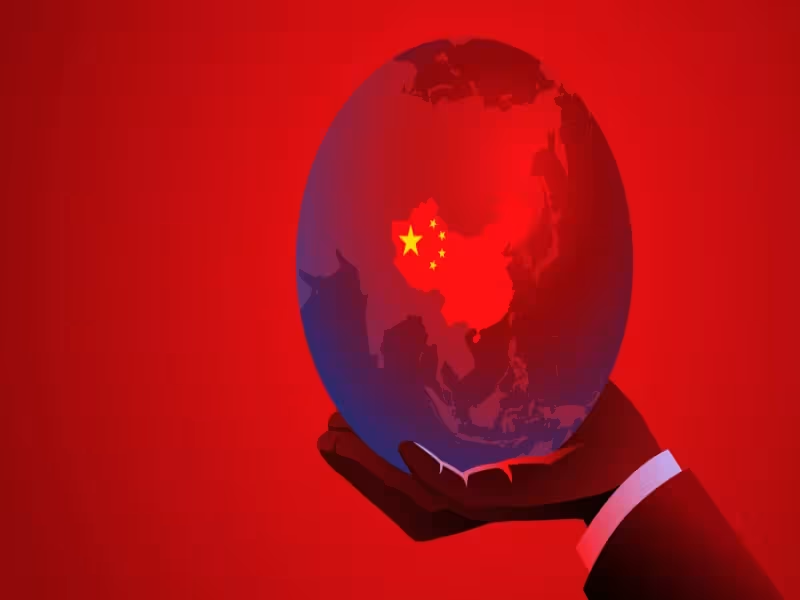
SHERIDAN, WYOMING – August 8, 2025 – A wave of high-value licensing deals between multinational pharmaceutical companies and Chinese biotechs is reshaping the global drug development landscape. While the headlines highlight billion-dollar transactions, the reality on the ground is a complex mix of opportunity and survival for China’s crowded biotech sector.
Licensing as a Strategic Lifeline
Out-licensing overseas rights has become a critical strategy for Chinese biotechs facing tightened capital flows and rising operational pressures. For many, partnering with multinational corporations is not simply a growth choice — it’s a means to stay in business. Executives across China’s leading hubs, from Shanghai Zhangjiang Pharma Valley to Suzhou’s BioBAY, report that companies have been cutting staff, selling assets, or closing entirely since 2022.
“Things were extremely hard [for companies] in 2023 and 2024,” said one Shanghai-based biotech CEO, speaking under a pseudonym. “Simply because they don’t have money anymore.”
A Decade in the Making
China’s emergence as a biotech powerhouse stems from regulatory reforms, deep public and private capital investment, and the return of globally trained scientists. With drug development costs estimated at 30%–50% lower than in the U.S., the country has positioned itself as an R&D hub capable of delivering quality and speed at scale. This environment fostered hundreds of new ventures across oncology, immunology, and advanced therapeutic modalities.
Market Contraction and New Funding Models
The IPO boom of 2019–2021 brought a rush of unprofitable companies to Chinese markets. When global capital inflows contracted and geopolitical tensions escalated, the IPO window slammed shut. U.S. venture capital all but disappeared, forcing companies to turn to Renminbi-denominated state funds. While these provide critical liquidity, they come with strict performance terms and smaller ticket sizes — limiting the ability to finance late-stage trials or global expansion.
Global Pharma Moves In
International pharma giants have responded by embedding business development teams in China to secure early access to promising assets. The past six months have seen a record 80 licensing deals, including:
- Pfizer–3SBio: Up to $6 billion for ex-China rights to SSGJ-707, including $1.25 billion upfront — the largest such payment for a Chinese-origin therapy.
- AstraZeneca–CSPC: R&D collaboration valued at more than $5 billion.
- GSK–Jiangsu Hengrui: Up to $12 billion for a portfolio of 12 oncology candidates.
Mid-tier global players, such as Summit Therapeutics, are also active, targeting niche oncology and immunotherapy candidates.
Competitive Density and Therapeutic Hot Zones
The concentration of innovation is striking — in many modalities, there are five to ten Chinese startups at the same development phase. Oncology, particularly antibody and antibody–drug conjugate pipelines, remains the most sought-after “hot zone” for licensing. Outside these areas, hundreds of companies remain sidelined, awaiting capital or partnership interest.
A Shift in Global Biotech Dynamics
Industry leaders see the surge in out-licensing as more than a temporary financial fix. “The global biotech value chain is being reconstructed, and China and the U.S. are integrating their complementary strengths,” noted a veteran biotech executive in Shanghai. For investors, these partnerships are renewing confidence, warming up the Hong Kong stock market, and triggering private capital reassessments.
As the ecosystem stabilizes, the expectation is that Chinese-origin intellectual property will gain higher valuations and broader acceptance in Western markets. For struggling companies, the challenge is surviving long enough to secure their own place in the next wave of cross-border deals.
Learn more at evaluate.com